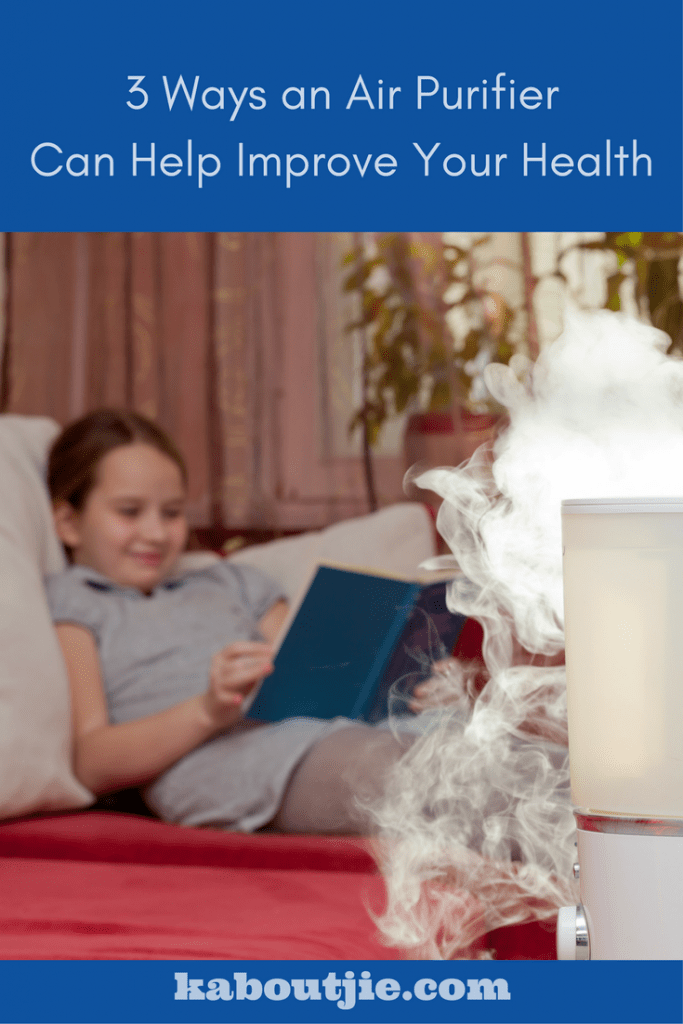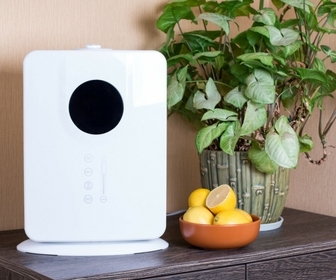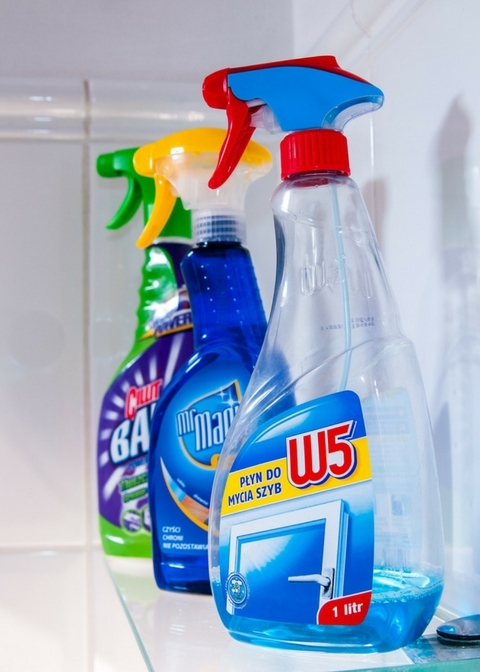We live in an exciting age filled with many major advancements in technology.
Inventions which may have been considered fanciful or impossible only a few decades ago are now commonplace, and there’s a multitude of gadgets and gizmos on sale to help to make life easier for us.
In addition, there are also some inventions which claim to be able to help improve our health and well-being, a notable example being air purifiers.
Air purifiers have been available for a little while now but have become much more popular in recent years as more and more people become aware of their existence and the possible health benefits associated with them.

Emerging research which suggests that there’s a link between poor indoor air quality and a negative impact on some aspects of our health may have contributed to this rise in popularity.
Big brands such as Dyson have recognized this upward trend and have begun to bring out their own models, eager to capture a slice of this growing market.
This article will consider 3 different ways in which air purifiers may help to improve the quality of the air inside our homes and working environments.
But before we do this we need to firstly examine how an air purifier actually works.
In a nutshell, an air purifier draws in the air contained within a room (normally by means of a fan), traps polluted particles contained within this air in a filter, and then blows back out ‘clean’ air.
You might be surprised to learn that the air inside our homes and workplaces can often be far more contaminated than the air we breathe outside.
Polluted particles can be brought indoors as a result of being attached to our clothes and other possessions, or in through windows which have been left open, particularly if you live in an area with high pollution levels such as a large city.
Sharing our homes with pets may also contribute to increased concentrations of unpleasant particles which can aggravate allergies, and of course if someone in your household smokes this will also have a detrimental impact on your indoor air quality.
There are also many objects inside our homes which are responsible for contaminating the air, many of which on the face of it seem fairly innocent and innocuous such as perfumes, personal care items and air fresheners.

Let’s take a closer look at some of these issues and how an air purifier may help.
1. How Air Purifiers Can Help To Mitigate Against Allergies
Many of us enjoy sharing our homes with furry and feathered friends.
But while we may enjoy the companionship a pet brings, for some people the associated pet hairs, dust and dander can cause considerable discomfort.
Air purifiers can help by trapping these dander and dust particles in their filters and thereby removing them from your indoor air.

It’s important to mention at this point that there are a number of different filters to choose from, depending on exactly what it is you’re looking to eradicate.
If your budget allows, an air purifier with a HEPA filter is a very good choice as these types of filters are the most effective at capturing even the most microscopic of particles (up to 99.97% of particles down to 0.3 microns in size).
These are usually a little more expensive, but cheaper filters can sometimes only trap larger particles. An air purifier with a HEPA filter will involve more financial outlay initially, and also when the filters need replacing (usually once or twice a year), but are a sensible investment if you want an all-rounder that can handle everything which comes its way.
In a similar vein to allergies caused by pets, air purifiers can also help to relieve the symptoms of seasonal allergies caused by pollen particles, and the internet is full of testimonials from happy allergy sufferers who have found a straightforward and simple solution to their runny noses, sore throats and stinging eyes.
2. How Air Purifiers Can Help To Reduce Chemical Build-Ups Indoors
As mentioned earlier, contaminants can also emanate from common everyday objects that most of us probably have around the home.
Products which contain artificial fragrance fall into this category, such as perfumes, aftershaves, candles, air fresheners, laundry detergents and household cleaning products.
 That’s because synthetic fragrances are created using a myriad of different chemicals, many of them derived from petroleum.
That’s because synthetic fragrances are created using a myriad of different chemicals, many of them derived from petroleum.
Chemical emissions can also be given off by different types of building materials used in the construction of our homes and offices, in addition to some types of interior furnishings and flooring. Some paints are also known to emit volatile organic compounds (VOCs).
People who suffer from a condition called Multiple Chemical Sensitivity may find it particularly hard to tolerate even low concentrations of chemicals in their indoor air.
But chemical emissions can also have a negative effect on others too, with headaches, dizziness, nausea, respiratory tract infections and sinus problems being amongst some of the symptoms.
Again, air purifiers can help to mitigate against the effects of chemical build-up by removing such particles from the air. If you’re looking for an air purifier for this specific purpose then look for one which also comes with an activated carbon filter.
That’s because the absorbent nature of carbon works to trap a wide range of odours and gases such VOC’s, and adds another layer of support in tackling these particular airborne contaminants.
3. How Air Purifiers Can Help To Prevent Mold and Mildew
A third important health benefit of air purifiers is that they can help to prevent the spread of mold and mildew – things which can aggravate health complaints in susceptible people.
Mold spores can be released into the air if your indoor environment is too moist. This can be a common problem in many households with causes including drying damp clothes indoors, or the absence of an extractor fan in the bathroom or kitchen.
When mold spores land on a damp surface they can rapidly develop into colonies. But once trapped in the dry, sterile inside of an air purifier’s filter they are unable to reproduce further.
HEPA filters are once again the most effective at dealing with these type of pollutants in the airflow, and can also help to remove airborne viruses, thereby improving the quality of the indoor air that we subsequently inhale.
If mold and dampness is a particular problem inside your home you may want to consider an air purifier which also features a dehumidifier, to help draw excess moisture out of the air and eliminate the conditions in which mold thrives.
As you can see there are several different ways in which air purifiers improve indoor air quality, and the good news is that there’s now a great choice for consumers readily available.
They also tend to be extremely user-friendly and easy to operate and maintain, thereby fulfilling their promise of an invention which can make life easier and better for us.
 Kaboutjie SA Mommy Blogs by Lynne Huysamen
Kaboutjie SA Mommy Blogs by Lynne Huysamen





I never thoughts of using an air purifier i didn’t know it has so much benefits thank @lynne